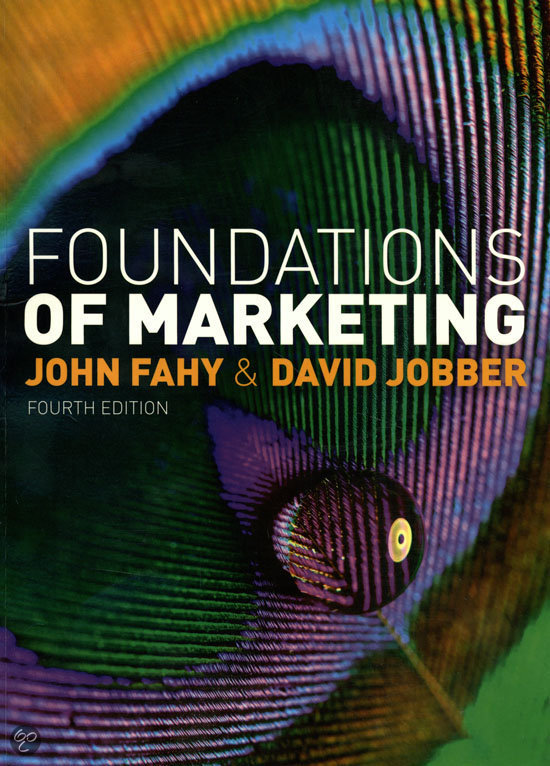Samenvatting
Summary of book Foundations of Marketing 5th edition and lecture slides
- Vak
- 1ZEUA0 (1ZEUA0)
- Instelling
- Technische Universiteit Eindhoven (TUE)
Summary of the book and lecture slides combined. Book: Foundations of Marketing by Fahy and Jobber, fifth edition Lecture slides: Course 1ZEUA0 New Product Marketing
[Meer zien]





